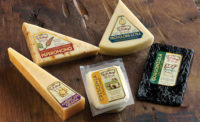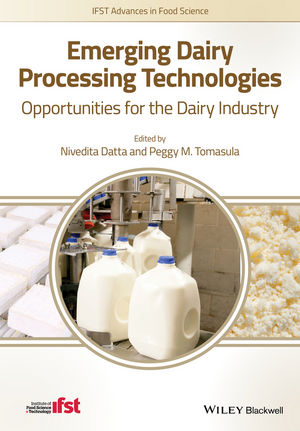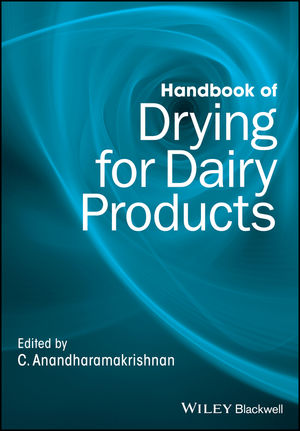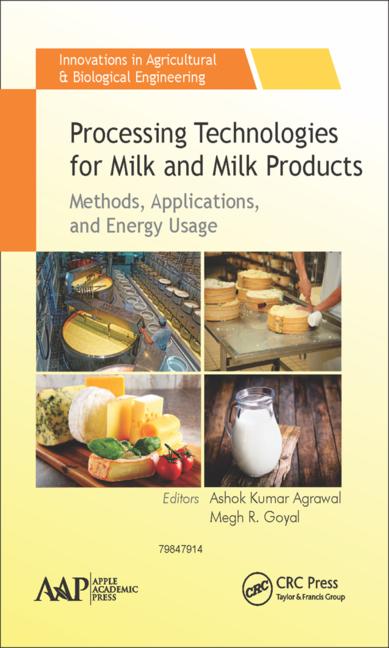
National Pork Board
Not everyone has a sweet tooth. I know I don’t, and I have to believe that there are others, as why would so many chefs and food formulators be creating products with savory flavor profiles? Take for example the Los Angeles-based ice cream parlor L.A. Creamery, which now offers signature artisan ice cream in flavors such as Maple Bacon, Sweet Corn & Berry Caramel and Thai Chili Pineapple.

This is why I love the new Aura Botanical Water line from Bolthouse Farms, Bakersfield, Calif. Nutrient-enhanced waters are a great concept, but not everyone wants their water to taste like fruit punch. This line of 100% naturally enhanced waters is infused with herbs and fruit juice. The three savory flavors are: Cucumber Lemon Rosemary, Orange Basil and Grapefruit Sage.

Cabot Creamery
What is savory?
So what actually is savory? That question is best answered by saying what savory is not, and that is sweet. When you look at the five human tastes - bitter, salty, sweet, sour and umami - savory is closest to umami, but also can possess some salty, bitter and sour, just never sweet. Savory is not a stand-alone taste. There are only the five. Rather, it is a flavor profile, one that can also include other flavor sensations such as astringency and heat.Umami has only become accepted as a basic taste in recent years, and still many scientists have not embraced its inclusion. The reason is that, for the most part, umami can, at best, be described as not salty, not sour, not sweet and not bitter. So, if it’s not one of those four, by default, the taste is umami.
Umami has been understood in China and Japan for more than a millennium. There is no simple definition for umami, but it is generally recognized as being the meaty or brown tastes that round out other flavors and taste sensations. It has been linked to specific amino acids, which are the building blocks of protein – hence, the meat connection.

For these reasons, in the world of dairy, the term savory is associated with herbs, vegetables, peppers and cured meats. And as you will see from the new products profiled this month, these ingredients have application in all types of dairy products. You will notice that savory inclusions readily adapt to dairy foods associated with non-sweet uses, such as the sour cream dip for the salty chip, or the cheese spread for the whole grain cracker. What I would like to see are more savory yogurts and ice cream products sold at retail. If you distribute in Chicago, I promise, you will have me as your customer.







